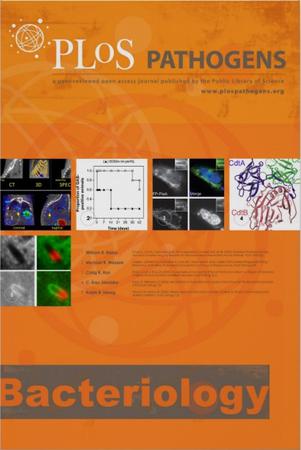Turning the needle into the haystack: Culture-independent amplification of complex microbial genomes directly from their native environment
IF 4.9
1区 医学
Q1 Immunology and Microbiology
引用次数: 0
Abstract
High-throughput sequencing (HTS) has revolutionized microbiology, but many microbes exist at low abundance in their natural environment and/or are difficult, if not impossible, to culture in the laboratory. This makes it challenging to use HTS to study the genomes of many important microbes and pathogens. In this review, we discuss the development and application of selective whole genome amplification (SWGA) to allow whole or partial genomes to be sequenced for low abundance microbes directly from complex biological samples. We highlight ways in which genomic data generated by SWGA have been used to elucidate the population dynamics of important human pathogens and monitor development of antimicrobial resistance and the emergence of potential outbreaks. We also describe the limitations of this method and propose some potential innovations that could be used to improve the quality of SWGA and lower the barriers to using this method across a wider range of infectious pathogens.大海捞针:不依赖培养基,直接从原生环境中扩增复杂微生物基因组
高通量测序(HTS)使微生物学发生了革命性的变化,但许多微生物在自然环境中的丰度很低,而且/或者很难甚至无法在实验室中培养。这使得使用 HTS 研究许多重要微生物和病原体的基因组具有挑战性。在这篇综述中,我们将讨论选择性全基因组扩增(SWGA)的开发和应用,以便直接从复杂的生物样本中对低丰度微生物的全基因组或部分基因组进行测序。我们重点介绍了利用 SWGA 生成的基因组数据阐明重要人类病原体的种群动态、监测抗菌药耐药性的发展以及潜在疫情爆发的方式。我们还介绍了这种方法的局限性,并提出了一些潜在的创新方法,可用于提高 SWGA 的质量,降低在更广泛的传染病病原体中使用这种方法的障碍。
本文章由计算机程序翻译,如有差异,请以英文原文为准。
求助全文
约1分钟内获得全文
求助全文
来源期刊

PLoS Pathogens
生物-病毒学
CiteScore
11.40
自引率
3.00%
发文量
598
审稿时长
2 months
期刊介绍:
Bacteria, fungi, parasites, prions and viruses cause a plethora of diseases that have important medical, agricultural, and economic consequences. Moreover, the study of microbes continues to provide novel insights into such fundamental processes as the molecular basis of cellular and organismal function.
 求助内容:
求助内容: 应助结果提醒方式:
应助结果提醒方式:


